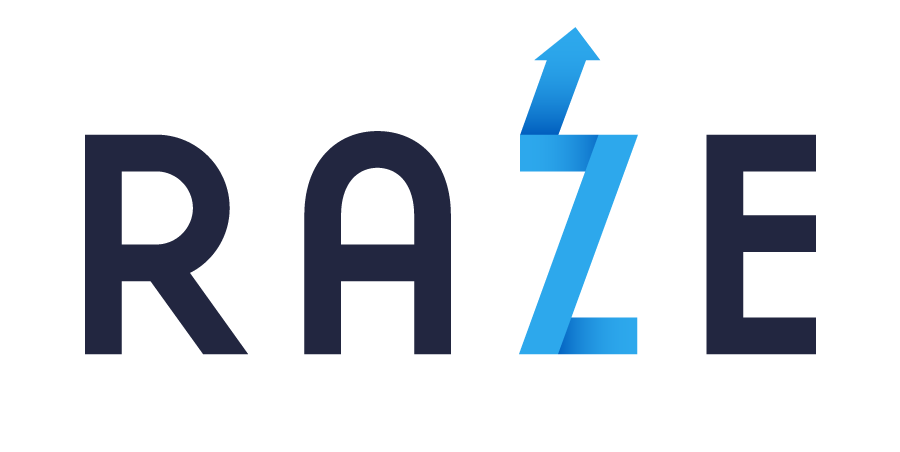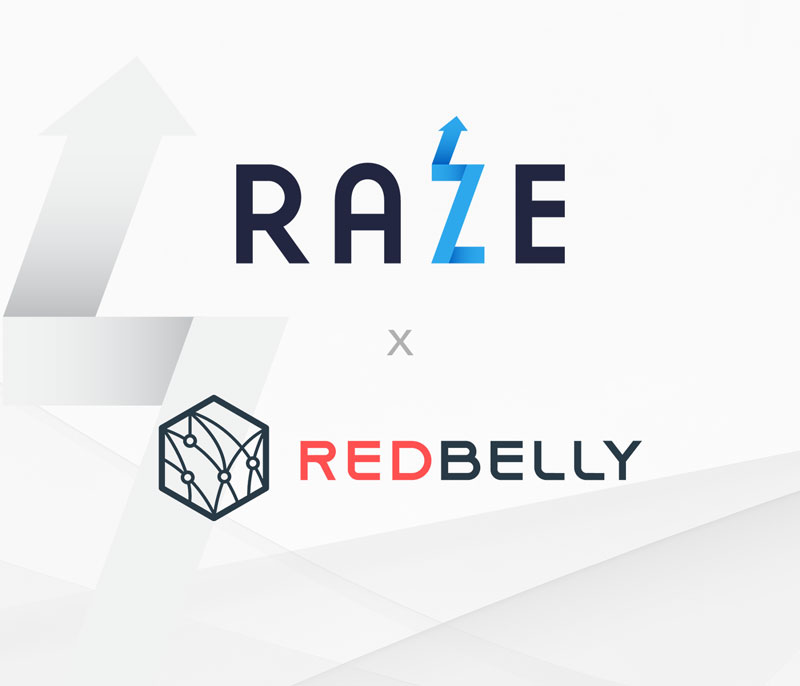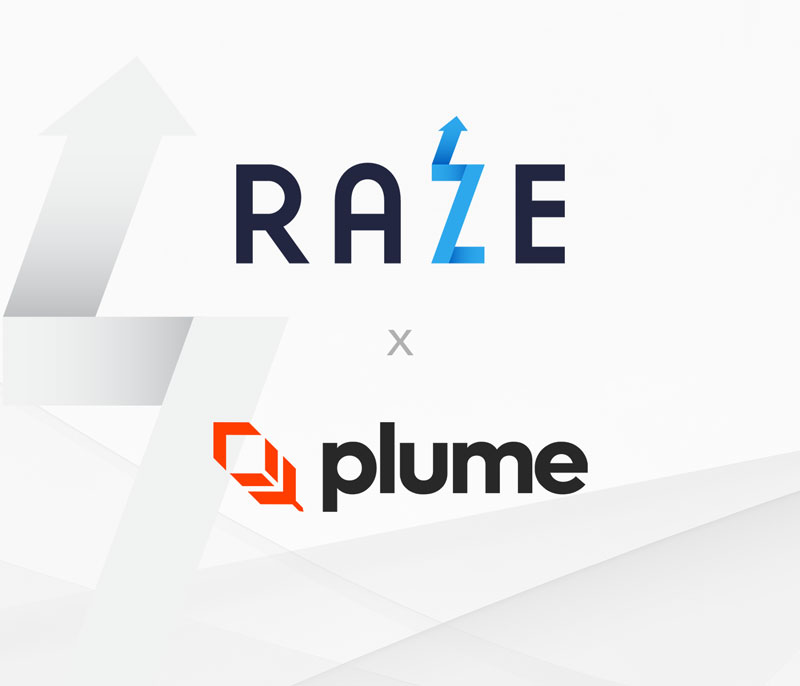The Explosive Growth of Tokenized Real-World Assets in 2025

If 2023 and 2024 were the years tokenization gained credibility, 2025 is the year it went mainstream. According to The Defiant, real-world asset (RWA) tokenization has surged from around $8.6 billion to over $23 billion in just months, making it one of the fastest-growing sectors in digital finance. This growth isn’t driven by hype—it’s powered by tangible yield, institutional adoption, and global regulatory momentum.
Why RWA Tokenization Is Exploding
The traditional financial system wasn’t built for speed, global accessibility, or fractional participation. Tokenization solves those gaps by converting assets—private credit, real estate, commodities, and even Treasuries—into digital tokens that can be traded, settled, and owned with the efficiency of blockchain.
Key drivers fueling 2025’s growth include:
- Institutional adoption – Asset managers, banks, and broker-dealers are building tokenized product lines.
- Rising demand for yield – With traditional fixed income still under pressure, tokenized private credit and Treasuries are attracting capital.
- Regulatory clarity – Initiatives like the SEC’s Project Crypto and stablecoin legislation are giving investors more confidence.
- Multi-chain infrastructure – Platforms like Raze are enabling cross-chain, compliant launches in weeks, not months.
Where the Growth Is Happening
The biggest gains are coming from asset classes that combine strong yield profiles with broad market demand:
- Private Credit – Tokenized private credit now represents more than half of the RWA market, surpassing $14B in value (Antier Solutions).
- Tokenized Treasuries – Surged past $7.5B, becoming a core DeFi collateral option (Redbelly Network).
- Real Estate – Commercial and residential portfolios are being fractionalized for global investor access.
- Commodities – From gold and silver to industrial metals and energy production, tokenized commodities are gaining traction.
Real-World Tokenization in Action
One of the clearest examples of RWA tokenization’s institutional potential is Ferrox, a yield-bearing metals investment offering launched through Raze’s Vault platform. In its pilot phase, Ferrox allowed investors to participate in a 90-day yield cycle backed by audited, revenue-generating iron ore assets. Redemptions for early participants have already been paid out, and the offering is now scaling through additional allocations—demonstrating how compliant, high-yield products can move from concept to execution in weeks.
Another groundbreaking development comes from Bergen County, New Jersey, where officials are digitizing $240 billion worth of property deeds by bringing 370,000 real estate titles onto the Avalanche blockchain. The initiative, led by Balcony, has cut deed-processing time by 90%, showing how tokenization can modernize public records while increasing transparency and efficiency.
On the institutional finance side, Apollo’s Diversified Credit Securitize Fund ($ACRED) has been tokenized and integrated into DeFi protocols such as Gauntlet and Morpho. This move brings institutional-grade private credit directly on-chain, enabling enhanced liquidity, programmable yield, and new opportunities for both traditional and crypto-native investors.
Redbelly Network: Recent Highlights
Meanwhile, Redbelly Network has been proving that tokenization is not confined to boutique projects or single-asset experiments. In July, Redbelly Network achieved a major milestone by becoming the first public blockchain conditionally selected to host central bank digital money as part of the Reserve Bank of Australia’s Project Acacia. This six‑month pilot explores how wholesale CBDCs, stablecoins, bank deposit tokens, and existing settlement models can be used to settle real-world assets—such as fixed income, private markets, trade receivables, and carbon credits—on‑chain in live, regulated environments.
Beyond CBDC validation, Redbelly also announced a live pilot with Metawealth, serving as a retail-friendly issuer of tokenized luxury real estate in Rome. This demonstrates how the network is facilitating tangible asset flows on‑chain, with additional ecosystem enhancements including new cross‑chain bridges with Polymer/Lucid and Celer, and the launch of Merkl campaigns with early supporters like Raze Finance and Ferrox (medium.com).
How Raze Is Accelerating the Shift
At Raze Finance, we believe real-world assets should move as freely as information—digitally, globally, and without gatekeepers. Our Vault-as-a-Service infrastructure gives issuers an end-to-end tokenization engine with:
- Built-in compliance for U.S. and non-U.S. offerings
- Smart contract automation for instant settlements and yield distribution
- Multi-chain deployment across Avalanche, Plume, Redbelly, and beyond
- Regulated broker-dealer and ATS services through Raze Capital for capital formation and buy-side support
We don’t just create tokens—we underwrite real yield backed by audited, revenue-generating assets. This means investors gain exposure to cash-flowing opportunities, not speculative promises.
The Road Ahead: Trillions in Play
Market forecasts suggest that RWA tokenization could reach $2 trillion by 2030 under conservative estimates from McKinsey & Company, while more bullish scenarios from Security Token Market predict growth of up to $30 trillion. As adoption scales, liquidity deepens, and asset diversity expands, the lines between “traditional” and “digital” markets will blur entirely. The winners will be those who combine compliance, speed, and investor-ready products.
2025 proved one thing: tokenization is not the future—it’s the now.
If you’re ready to bring your real-world assets to a global, compliant investor base, Raze can take you from idea to market in weeks.
Contact us to learn more.






